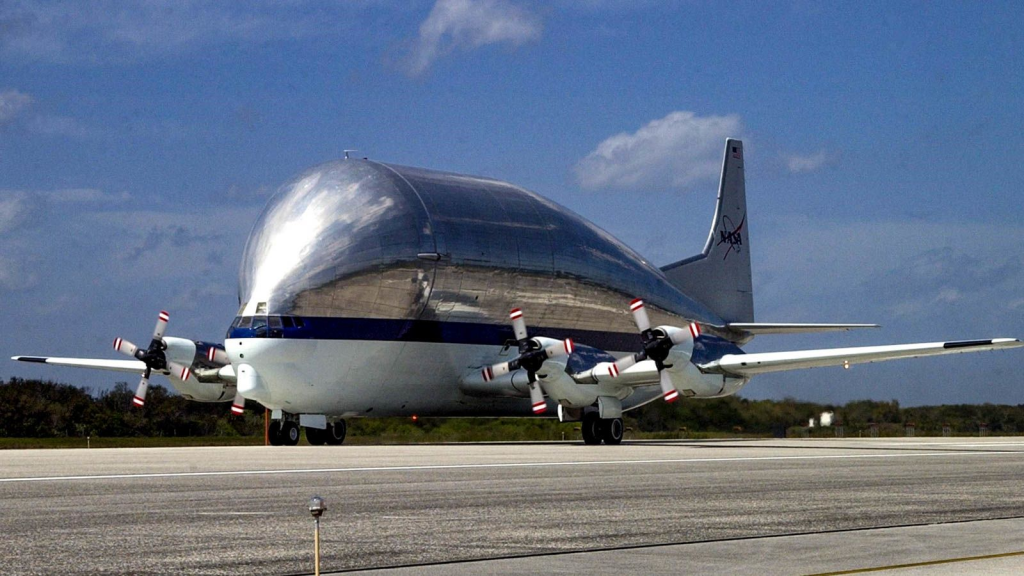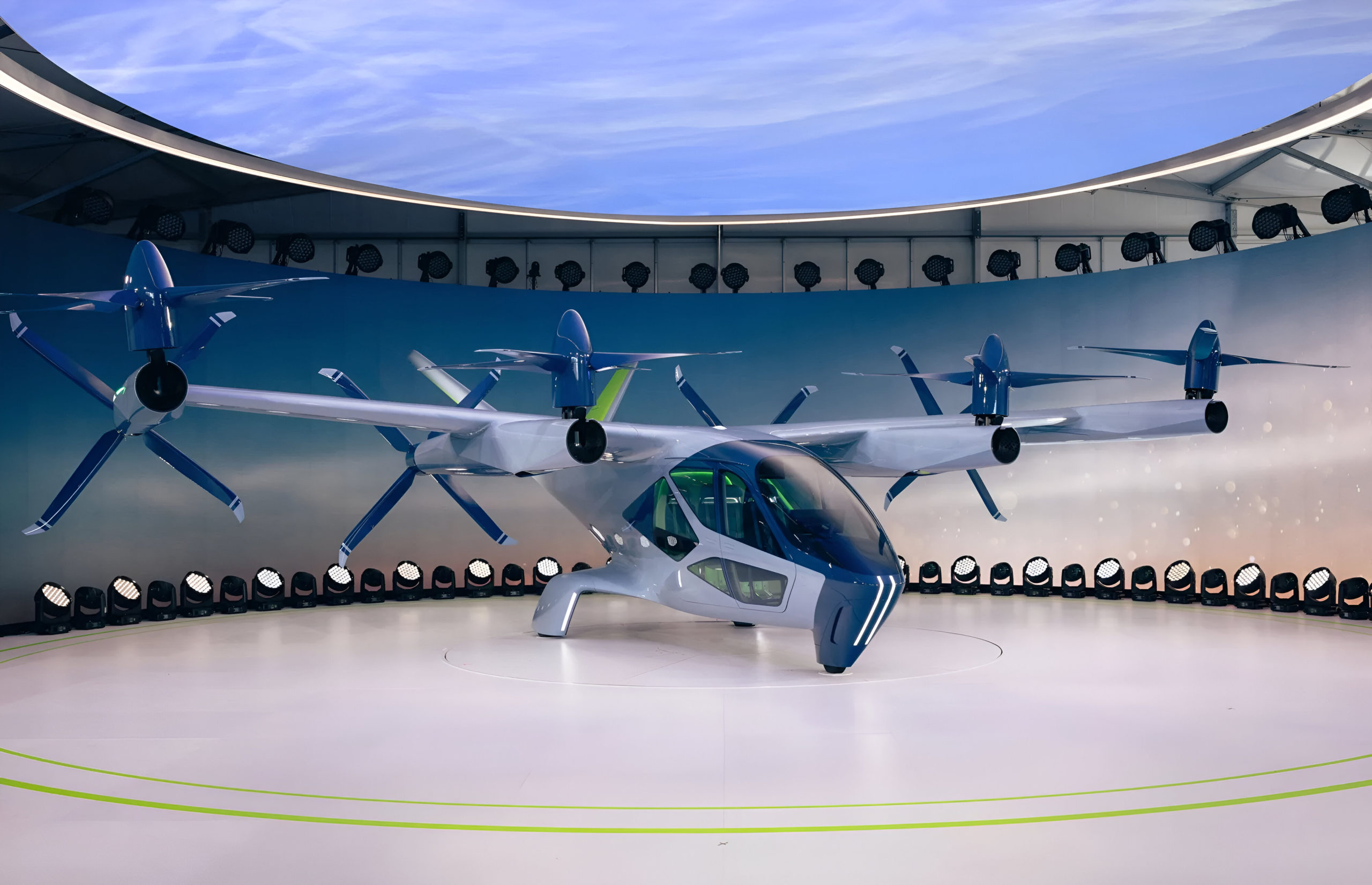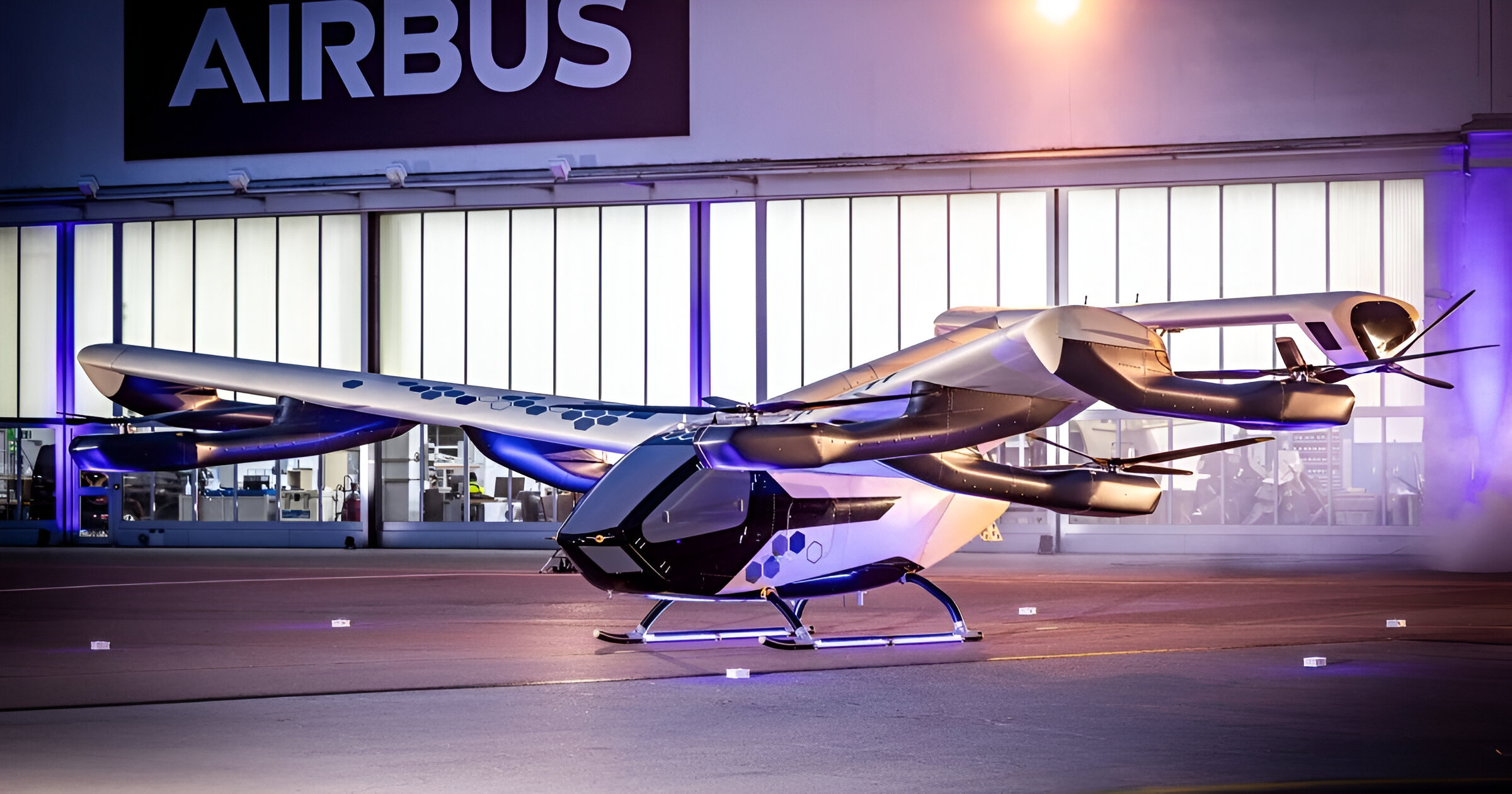A little over 120 years ago, the Wright brothers took to the skies with their 1903 Wright Flyer, a 21-foot-long, 40-foot-wingspan biplane. Fast forward to today, and planes have evolved dramatically from launching spacecraft to transporting enormous payloads. Let’s take a look at some of the largest, most fascinating planes ever built.
10. Hughes H-4 Hercules: The Spruce Goose

When Howard Hughes set out to build the world’s largest flying boat during WWII, the result was the massive Hughes H-4 Hercules, or the “Spruce Goose.” With a wingspan of 320 feet and a length of 218 feet, it was designed to carry troops and supplies across the Atlantic. However, due to wartime material shortages, it ended up being built mostly from wood. Its only flight, in 1947, lasted just 26 seconds, yet it still stands as a symbol of ambition and innovation. Today, you can see this engineering marvel at the Evergreen Aviation & Space Museum.
9. Airbus Beluga XL: The Whale of the Skies

Meet the Airbus Beluga XL—aptly named for its whale-like appearance. Designed to transport enormous aircraft components, this plane stretches 207 feet long and 62 feet tall, with a wingspan of 197 feet. Introduced in 2019 to replace the Beluga ST, it’s 30% bigger and capable of carrying over 48 tons. The Beluga XL ensures that Airbus can keep up with the rising demands of aviation, transporting parts between production hubs with ease.
8. Ekranoplan: The Caspian Sea Monster

The Ekranoplan, dubbed the “Caspian Sea Monster,” is a one-of-a-kind hybrid—part boat, part plane. At a whopping 302 feet long and with a 148-foot wingspan, it weighed in at an impressive 380 tons. This Soviet-era creation used a concept called the ‘wing-in-ground effect,’ allowing it to fly just above the water, making it nearly invisible to enemy radar. It was perfect for sneaking troops around, but with the Cold War’s end, its future was cut short. Yet, the concept isn’t entirely dead; projects like the AirFish 8 are breathing new life into this unique technology.
7. Antonov An-225: The Dream

The Antonov An-225, also known as “Mriya” (which means dream in Ukrainian), was the heaviest aircraft ever built, capable of carrying a jaw-dropping 1.32 million pounds. At 275 feet long and designed to transport the Soviet space shuttle, it broke several world records for cargo transport. Though it was tragically destroyed in 2022, the An-225 left a lasting legacy as a symbol of engineering brilliance.
6. Stratolaunch Roc: The Longest Wingspan

With a wingspan stretching a mind-boggling 385 feet, the Stratolaunch Roc takes the crown for the world’s longest. Developed by Microsoft co-founder Paul Allen, this twin-fuselage behemoth was designed to carry rockets for mid-air launches. Its 500,000-pound payload capacity makes it a game-changer for space missions. First flying in 2019, the Roc has the potential to transform how we get to space, paving the way for a more efficient future.
5. C-5M Super Galaxy: The Military Behemoth

The C-5M Super Galaxy is the U.S. military’s heavy-lifting workhorse. At 247 feet long, with a wingspan of 222 feet, it’s designed to haul up to 281,000 pounds of military equipment—think tanks and helicopters. It’s been in service since 1968 and is expected to remain operational until 2040. Its ability to refuel mid-air and cover long distances makes it indispensable for military logistics.
4. Super Guppy: The Pregnant Fish

With its odd, oversized shape, the Super Guppy doesn’t look like your typical plane. But at 143 feet long and 46 feet tall, with a wingspan of 156 feet, it gets the job done when carrying awkwardly large items—like rockets. Developed for NASA in the 1960s, it proved skeptics wrong by smoothly hauling spacecraft parts, thanks to its 108-foot-long cargo deck and a nose that opens a full 110 degrees for easy loading. Today, it remains crucial in the aerospace world, proving that sometimes, weird works.
3. Ilyushin Il-76: The Heavy Lifter

The Ilyushin Il-76, known for its durability and adaptability, was built to handle extreme conditions. At 152 feet long and capable of lifting over 92,000 pounds, it’s been used for military operations, firefighting, and humanitarian missions. Despite being originally designed for the Soviet military, the Il-76 continues to serve globally in a wide range of roles, proving that sometimes, old-school still gets the job done.
2. Airbus A380: The Giant of the Skies

The Airbus A380 is a modern marvel—an enormous passenger jet capable of holding up to 853 passengers. With its 239-foot length and 261-foot wingspan, it’s been the largest passenger aircraft in the world since its debut in 2005. Despite its massive capacity, the A380’s operational costs have led many airlines to pivot to more fuel-efficient models. While its future remains uncertain, it continues to stand as an engineering triumph.
1. C-17: The Versatile Transport

The C-17 Globemaster III is a highly versatile military transport aircraft. This 174-foot-long plane can carry a massive 585,000-pound load, making it perfect for everything from troop deployments to humanitarian missions. It’s also built to take off from short, rugged runways, proving its worth in some of the toughest environments.




























